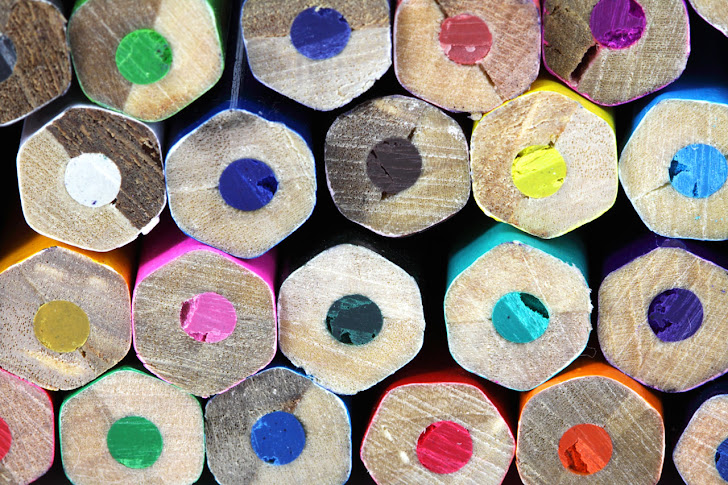Contrast in graphics frequently refers to the appearance of light colors juxtaposed with dark colors. When a light-colored element and a dark colored element are used together they are visually effective because the light-colored element stands out against the dark, making it easy to see, read or identify. Graphics like the butterfly above are said to be high-contrast or "contrast-y." Any design element including lines, shapes, letter forms (fonts) or images can be rendered to contrast with the background. Black on white and white on black represent the highest contrasting pairing possible. A clean, sans serif font like Arial or Helvetica look authoritative, yet elegant when used in black and white. Designers love this stark contrast; it is attention-getting. When selecting font colors to place on a slide with a white background, I recommend dark colors including navy, browns, purples and dark greens or rich burgundies to provide strong contrast and ensure legibility. Black is the default color in most software applications (in the absence of a template we hope...) but perhaps it might be more interesting to try dark colored fonts or even white text on a black when you design your next presentation.
Shapes can also be presented to show contrasts as well: big vs. small, smooth vs. rough, or straight vs. curvy. These, too, are visually interesting owing to contrast. Humans find anomalies interesting to look at. We are just hard-wired that way.
Butterfly image from photorack.com

